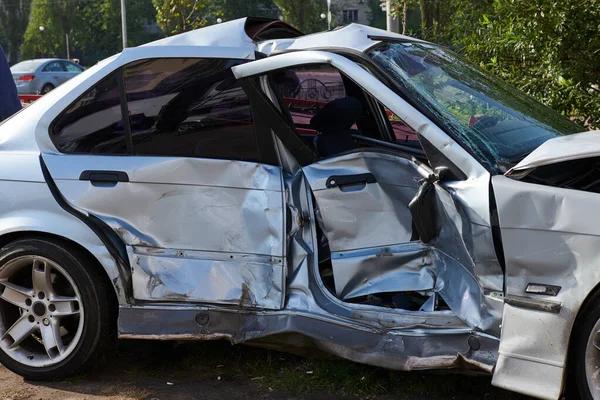If you’re involved in a personal injury case, it’s natural to wonder about the potential outcomes. Most of these cases are resolved through settlement negotiations before going to trial. However, if an agreement is not reached between both parties, your case may proceed to court.
When a personal injury case goes to trial, it essentially means that the plaintiff (the person who was injured) and the defendant (the person or entity allegedly responsible for the injury) are unable to agree on the facts of the case or on appropriate compensation. The courtroom provides an environment where both sides can present their arguments and evidence before a judge or jury.
The first step in a personal injury trial is choosing a jury. Both attorneys have an opportunity to question potential jurors during this process known as “voir dire.” This allows them to ensure that jurors do not have any bias or prejudice that could affect their decision-making.
Following jury selection, both sides will make opening statements outlining their perspectives on what occurred and what they hope to prove throughout the course of the trial. Afterward, evidence will be presented by each party which often includes witness testimonies, expert opinions, medical records and other relevant documents.
The plaintiff presents their evidence first since they bear the burden of proof – meaning they must convince the jury that more likely than not their version of events is correct and caused them harm. The defendant then has an opportunity to counter these claims with their own evidence.
Once all evidence has been presented and closing arguments made by both attorneys, it’s time for deliberation where jurors discuss amongst themselves all aspects of the case until they reach a verdict.
This verdict determines whether or not liability falls upon the defendant for your injuries – if so how much compensation should be awarded? It’s important note however; even after winning at trial there can still be appeals from either side which could prolong resolution further yet again emphasizing importance settling out-of-court whenever possible avoid such uncertainties delays associated litigation process.
It’s important to remember that taking a personal injury case to trial can be a lengthy and complex process. It requires strategic planning, careful presentation of evidence, and effective argumentation. Therefore, it is crucial to have an experienced personal injury attorney who can effectively navigate the legal system and advocate for your rights in court.
In conclusion, if your personal injury case goes to trial, you should expect a rigorous legal process where evidence is presented by both sides before a judge or jury. The outcome will ultimately depend on the strength of your case and the effectiveness of your representation.
Munley Law Personal Injury Attorneys
606 Court St, Reading, PA 19601
16108314234



